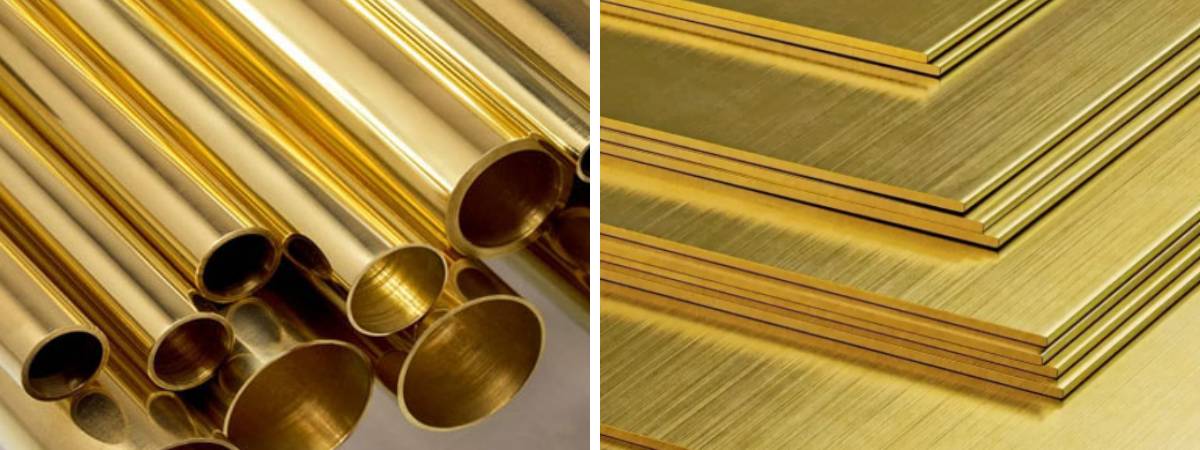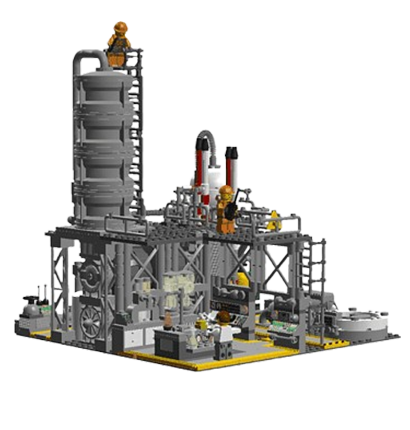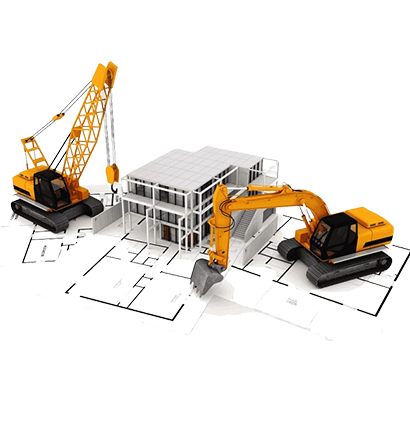Brass refers to a variety of copper-zinc alloys known for their durability, strength, longevity, and corrosion resistance. The mechanical, corrosion, and thermal properties of brass can be adjusted by altering the copper-to-zinc ratio to suit different applications. Typically, brass contains between 60% to over 80% copper, with zinc making up less than 10% to more than 40% of the alloy.
Brass with a zinc content exceeding 30% is termed high brass. This alloy is more brittle, less malleable, and harder to shape. Increased zinc content also makes brass more prone to corrosion, as zinc reacts with air and water to form a zinc oxide layer.
Brass with a high copper content, typically above 85%, is known as red brass or gunmetal. This high copper percentage imparts excellent malleability, ductility, corrosion resistance, and ease of shaping and forming. Red brass is highly machinable, allowing for easy cutting, forming, and drilling. However, the high copper content also results in a higher cost for red brass.

Brass can exhibit various colors, including reddish-gold, silvery-white, or bright gold. An increase in zinc imparts a silvery appearance to the alloy, while a higher copper content gives it a rose-colored hue. Brass is more malleable than both bronze and zinc.
- Brass is a desirable acoustic material that works well for musical instruments.
- The metal exhibits low friction.
- Brass may be employed as a soft metal when a low risk of sparking is required.
- The alloy's melting point is relatively low.
- It effectively conducts heat.
- Brass is resistant to corrosion, including saltwater-induced galvanic corrosion.
- Casting brass is simple.
- The metal brass is not magnetic. This quality facilitates recycling by, among other things, making it simpler to separate from other metals.
- One of the most prevalent metal alloys one can come into contact with is brass. The majority of brass applications are doorknobs, jewelry, and other items that use it. Therefore, one virtually always comes across anything with a brass component throughout the day.
- Anyone who wants to start working with metal, whether as a profession or a hobby, will undoubtedly need to learn how to work with brass. Brass is a popular alloy among commercial manufacturers, industrial manufacturers, and blacksmith aficionados. It primarily comprises varying amounts of copper, zinc, and alloying materials (such as aluminum, lead, etc.). As a result, reliable brass suppliers will provide a wide selection of brass alloys.
| Standard | ASTM B 135 ASME SB 135 / ASTM B 36 ASME SB 36 |
| Dimension | ASTM, ASME, and API |
| Size | 15mm NB to 150mm NB (1/2″ to 6″), 7″ (193.7mm OD to 20″ 508mm OD) |
| Tube Size | 6 mm OD x 0.7 mm to 50.8 mm OD x 3 mm thk. |
| Outer Diameter | 1.5 mm – 350 mm |
| Thickness | 0.3 – 9 mm |
| Form | Round, Square, Rectangular, Hydraulic Etc |
| Length | Double Random, Single Random, Cut Length |
| Types | Seamless / ERW / Welded / Fabricated |
| Surface | Black painting, varnish paint, anti-rust oil, hot galvanized, cold galvanized, 3PE |
| End | Plain End, Beveled End, Threaded |
| Standard | ASTM / ASME B62 / SB62 |
| Size | 1000 mm x 2000 mm, 1220 mm x 2440 mm, 1500 mm x 3000 mm, 2000 mm x 2000 mm, 2000 mm x 4000 mm |
| Thickness | 0.1mm to 12 mm Thk |
| Form | Coils, Foils, Rolls, Plain Sheet, Shim Sheet, Strip, Flats, Blank (Circle), Ring (Flange) |
| Finish | Hot rolled plate (HR), Cold rolled sheet (CR), 2B, 2D, BA NO(8), SATIN (Met with Plastic Coated) |
| Hardness | Soft, Hard, Half Hard, Quarter Hard, Spring Hard etc. |







